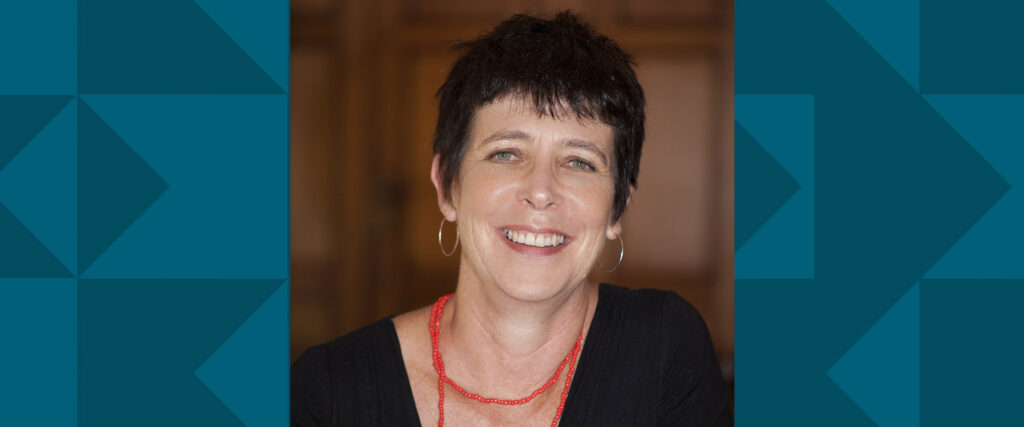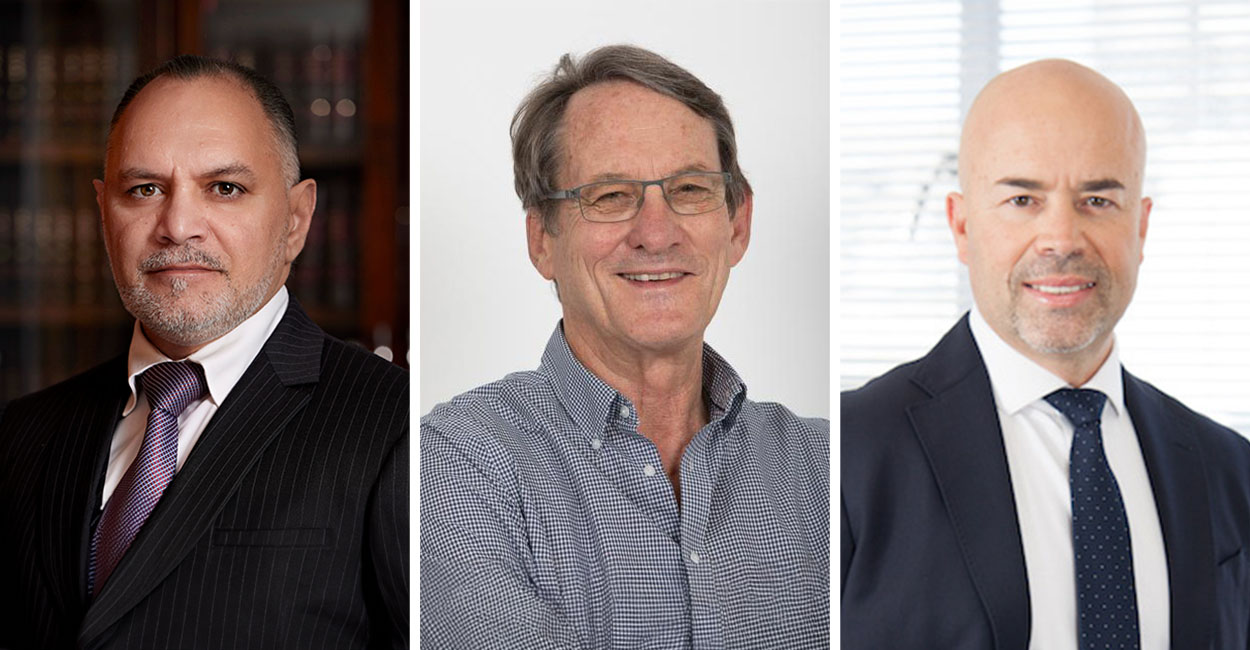MAIN IMAGE: Sandra Gordon, senior research analyst for Pam Golding Properties.
Millennials were a silver lining during another tough year for the local property market. Sandra Gordon, senior research analyst for Pam Golding Properties, explains the reasons why and looks at how young homebuyers are contributing to the renewal of CBD’s in our cities.
Highlights:
- 35 is the average age of first-time homebuyers in SA
- More home loans approved than before – this scenario was last seen in 2007
- Developers are responding positively with mixed-use developments in CBD’s
South Africa has a young population. The majority of our country’s population is currently under the age of 35 years – the average age of a first-time homebuyer in South Africa, according to bond originator ooba. As a result, first-time buyers are an important source of demand in the local housing market – providing a fundamental underpinning for the national residential market.
While first-time buyers represent a substantial potential market, South Africa’s persistently weak economy is undercutting their ability to purchase a home by limiting the growth in employment opportunities.
Fortunately, the negative impact of the weak economy on the ability of first-time buyers to purchase a home is currently being at least partially offset by a healthy appetite among financial institutions to extend mortgages amidst competition for market share.
Just over half of all mortgages extended by ooba so far this year has been to first-time buyers, reflecting the importance of this market segment – bearing in mind, of course, that this percentage will vary between different financial institutions.
Related reading: Best suburbs for first-time buyers
This appetite for extending mortgages is resulting in a decline in the percentage deposit required, more favourable interest rates and the return of 100% – or even on occasion 105% – bonds. These favourable lending conditions were last seen in 2007 ahead of the international Great Recession and the subsequent local 2008/09 recession.
The allure of the CBD
Young adults in South Africa and around the world are working and living differently to their predecessors – and their incomes are under pressure (with many working as entrepreneurs and/or freelancers).
Add to that growing congestion, and the appeal of a smaller apartment located close to work or a co-working space, in walking distance of restaurants, gyms and pubs, and the appeal of city living is obvious. As a result, today’s young adults are focusing less on freehold suburban homes with high utility and maintenance costs and are increasingly opting for smaller homes (often apartments) which rely more on shared spaces – either within their developments or in the surrounding mixed-use precinct.
Developers are responding positively to the demand for these types of homes. Many have realised the opportunities presented by the existing office buildings in the CBDs and are willing to invest in transforming these buildings to create mixed-use developments and precincts which offers the lifestyle desired by young South Africans across all price bands.
Cape Town
In some respects, Cape Town has been leading the way, given that it never experienced an exodus of businesses and homeowners to the north as occurred in both Johannesburg (to Sandton) and Durban (to uMhlanga). Instead, Cape Town CBD continued to flourish and, even now, after a sustained national economic downturn, continues to see developers invest billions in development and redevelopment projects. Many of these new projects are mixed-use developments including office space, retail, hotels and residential units. For example, the developers of Gauteng’s Melrose Arch recently announced the launch of the R14 billion Harbour Arch mixed-use development on the Foreshore.
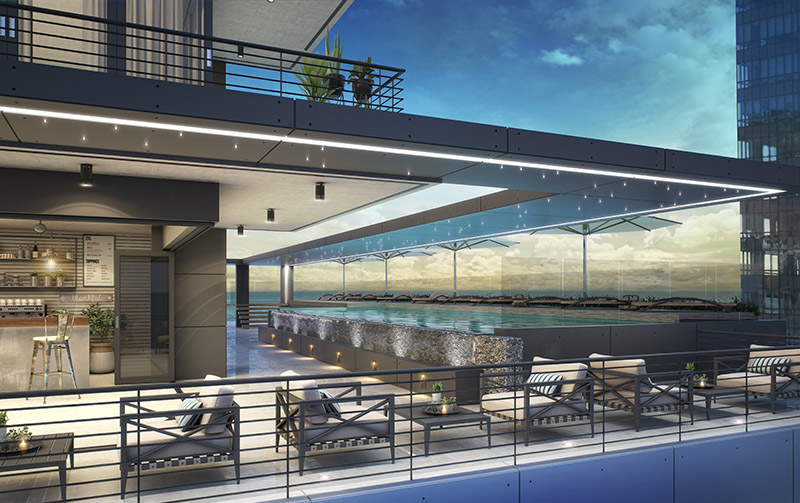
An artist’s impression of 16 on Bree in Central Cape town – a 36-storey residential project with a complementary retail component.
Cape Town is also unique in that it is a far more expensive market than the other CBDs. Also, in Johannesburg, Pretoria and Durban the prime move towards mixed-use developments and precincts is generally found outside the inner city – in Rosebank, Sandton, Menlyn Maine and uMhlanga – to name just a few. While Cape Town is also seeing activity in other nearby growth nodes, it is also experiencing robust growth in the inner-city residential market.
Johannesburg
In Johannesburg an example of a new mixed-use development is the massive R1.2 billion Jewel City redevelopment located in the eastern CBD of Johannesburg. Consisting of six city blocks, five of which have existing commercial buildings, the precinct will include retail and commercial space but also 1 550 residential units, as well as amenities such as a school and clinic. Developers aim to create a safe, green space for people to enjoy.
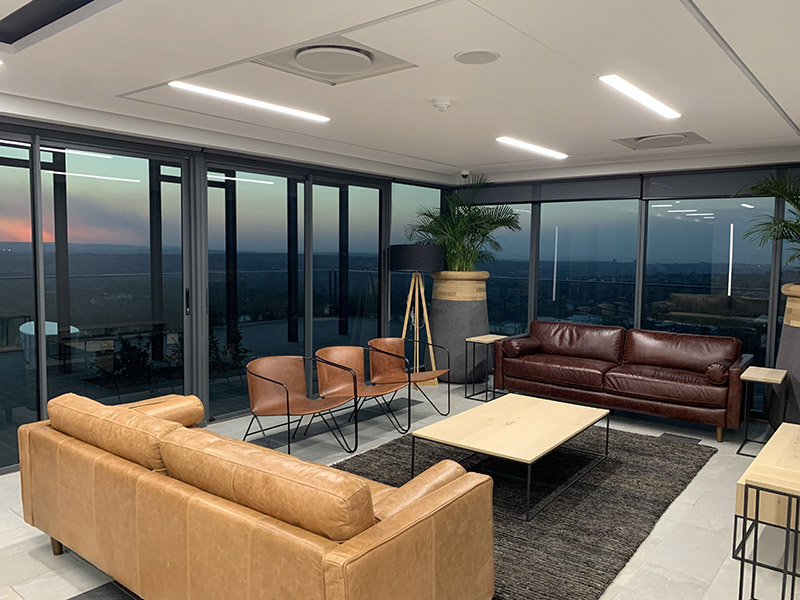
Park Central in Rosebank is a new mixed-use development. Rosebank is a new growth hub near Johannesburg.
Durban
Similarly, in Durban, there was an announcement earlier this year of R62 billion to be invested in inner-city rejuvenation projects in the CBD in a partnership between local authorities and private business.
Port Elizabeth
Port Elizabeth’s CBD has experienced a noticeable increase in sectional title sales during the past few years. According to Lightstone, almost half (49%) of recent buyers (Nov’18 – Oct’19) were young adults (18 – 35 years) – suggesting a modest influx of young people (many of whom are likely to be first-time buyers) to the CBD. The median price of an apartment in the area this year was R300 000, according to Lightstone – an increase of 20% over the past five years.
Bloemfontein
Activity in Bloemfontein’s CBD has increased steadily over the past decade – rising from a low of just 60 units sold in 2011 to 159 apartments sold in 2017. Sales have since slowed somewhat, with 99 units sold during the year to date. Much like Port Elizabeth, just over half (52%) of recent buyers were young adults – again suggesting a modest influx of young people (many of whom are likely to be first-time buyers) to the CBD. The median price of an apartment in the area this year was R375 000, according to Lightstone – an increase of 17.2% over the past five years.
Pretoria
There has been no real change in activity levels in Pretoria over the past decade. Young adults accounted for 49% of recent buyers – showing a similar trend to both Port Elizabeth and Bloemfontein. The median price of an apartment in the area this year was R320 000, according to Lightstone – an increase of 28.5% over the past five years.
Tomorrow’s free-hold owners?
Young people are not just moving to the CBD areas but also to new growth hubs, like Claremont in Cape Town, Rosebank in Gauteng and uMhlanga in KZN. As the national economic slowdown continues, these growth hubs remain areas of relative resilience and activity remains brisk in these areas – with development continuing.
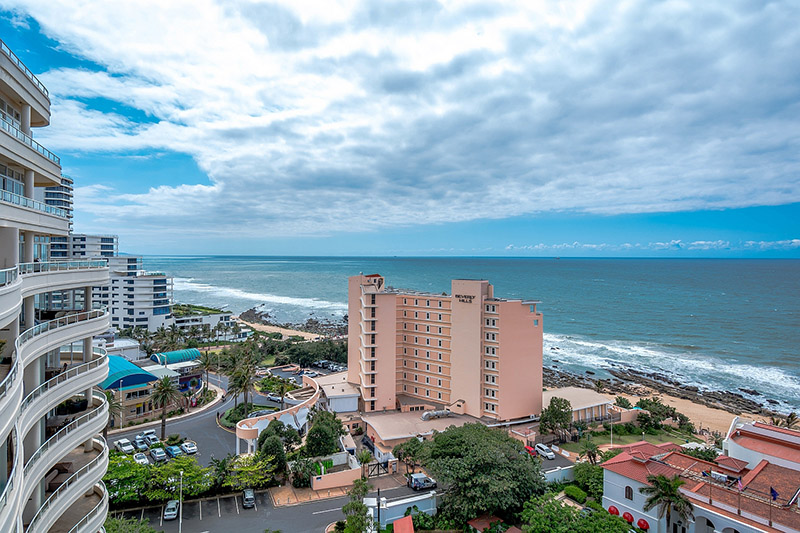
Oyster Rock in uMhlanga near Durban is also considered a new growth hub.
What happens when these young adults grow older and start families is less clear. In America, many inner city residents have opted to move back to suburbs when they have children – so South Africa may also see today’s inner-city homeowners ultimately return to the suburbs but we will have to wait and see if the same trend emerges locally in the years to come.

